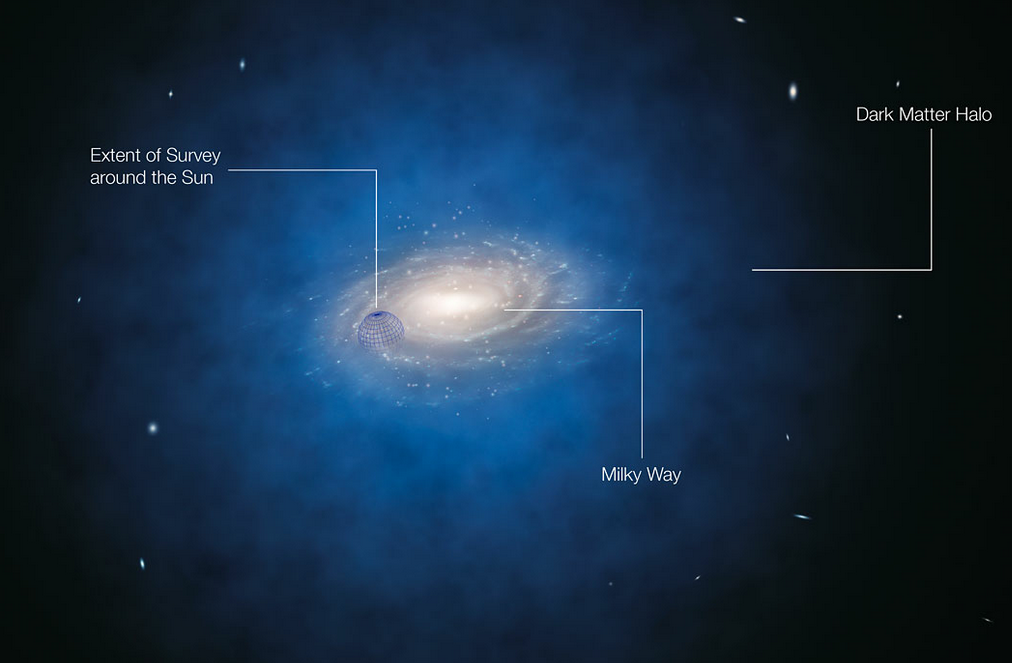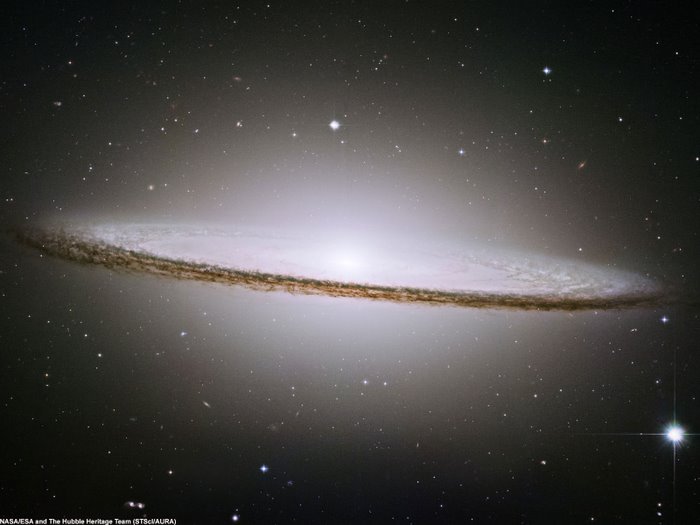We argue that the global multiverse is a representation of the many-worlds (all possible decoherent causal diamond histories) in a single geometry. We propose that it must be possible in principle to verify quantum-mechanical predictionsexactly. This requires not only the existence of exact observables but two additional postulates: a single observer within the universe can access in nitely many identical experiments; and the outcome of each experiment must be completely de nite. In causal diamonds with nite surface area, holographic entropy bounds imply that no exact observables exist, and both postulates fail: experiments cannot be repeated in- nitely many times; and decoherence is not completely irreversible, so outcomes are not de nite. We argue that our postulates can be satis ed in \hats" (supersymmetric multiverse regions with vanishing cosmological constant). We propose a complementarity principle that relates the approximate observables associated with nite causal diamonds to exact observables in the hat.The Multiverse Interpretation of Quantum Mechanics
This AI Gives You Power Over Your Data
-
With FlexOlmo, people can train AI without handing over their data. They
can even remove their contribution after the model is complete.
The post This AI...
18 hours ago








